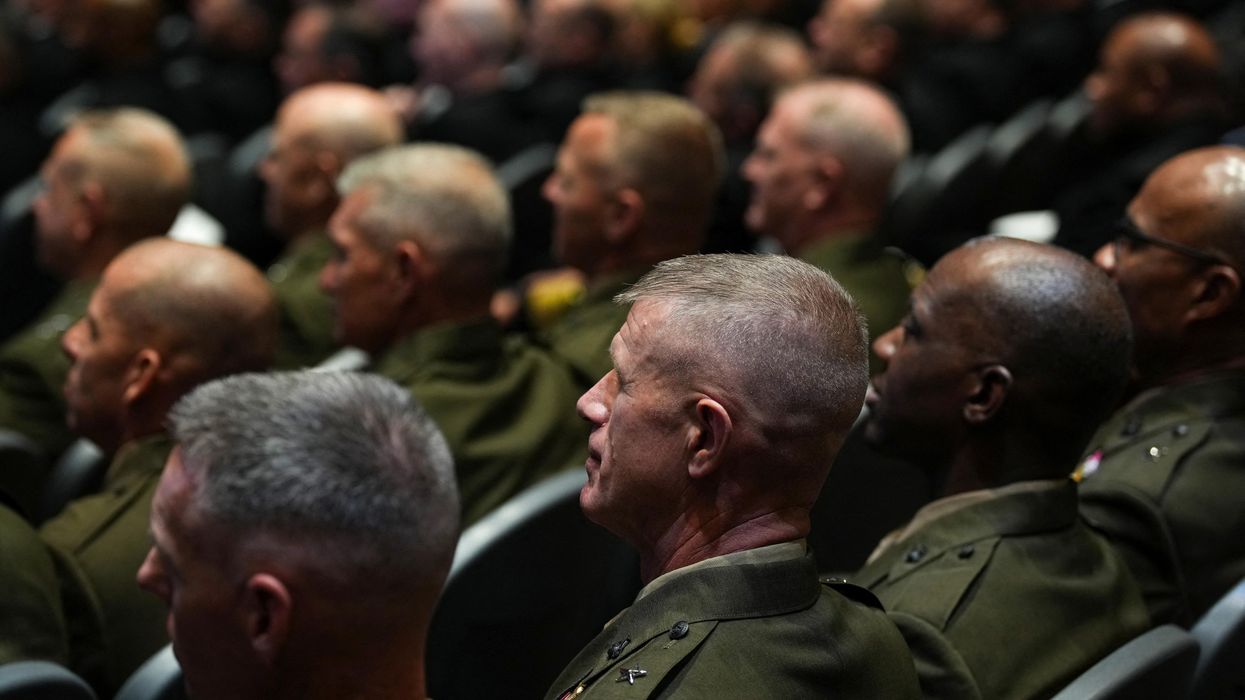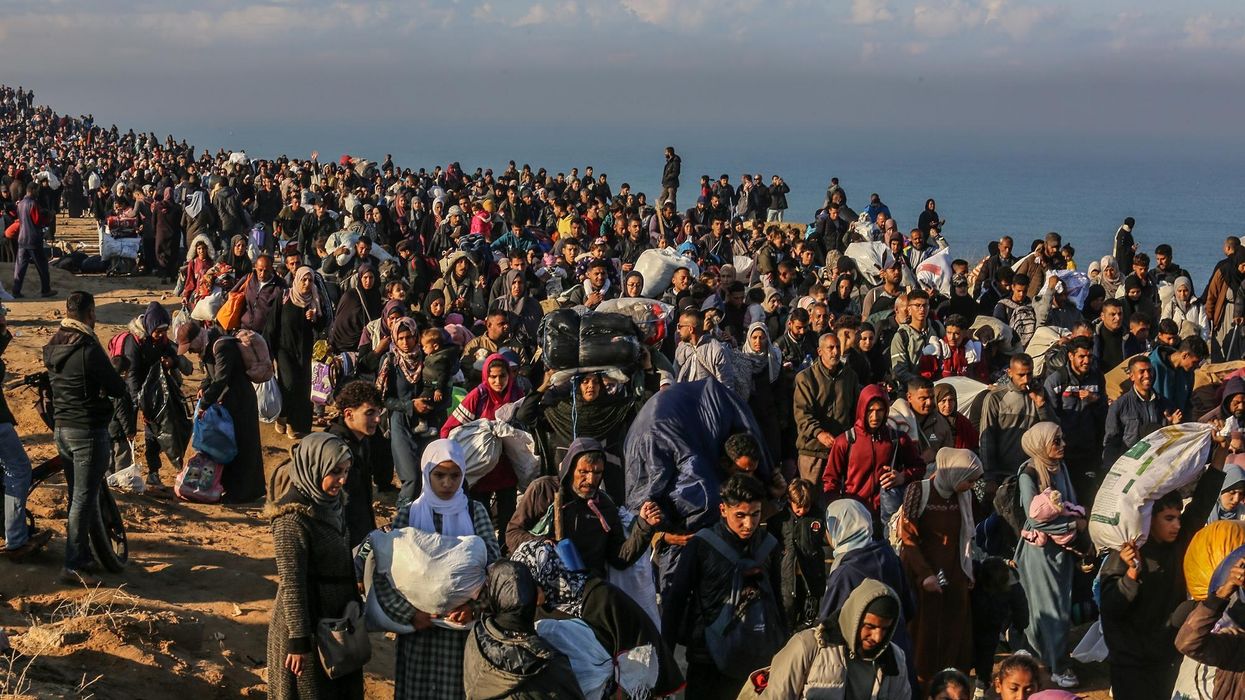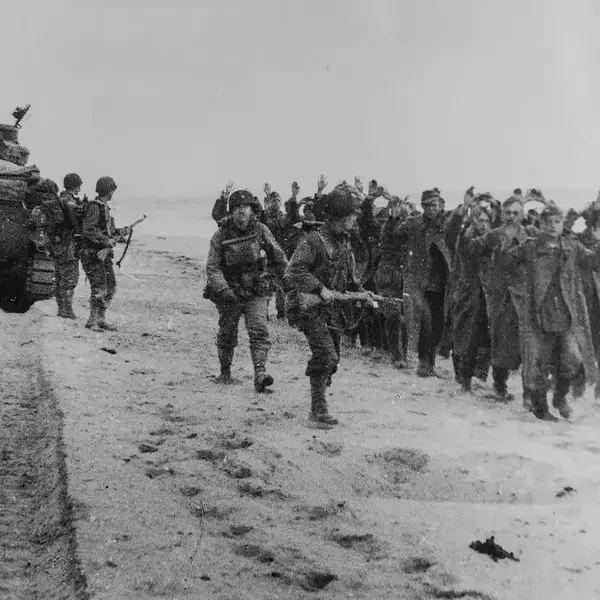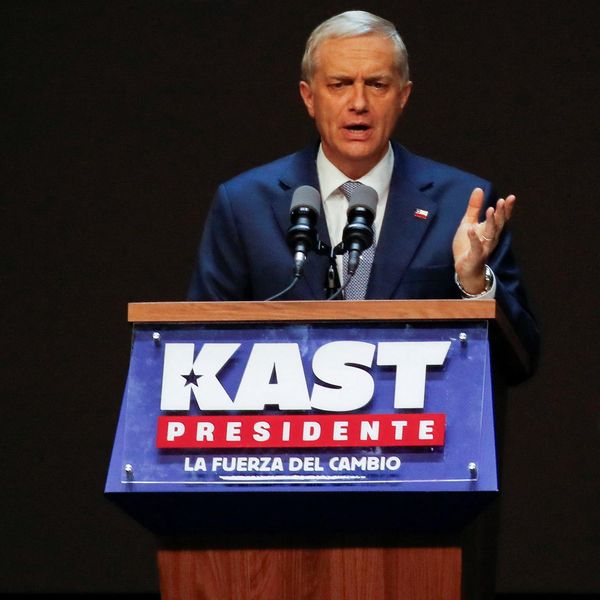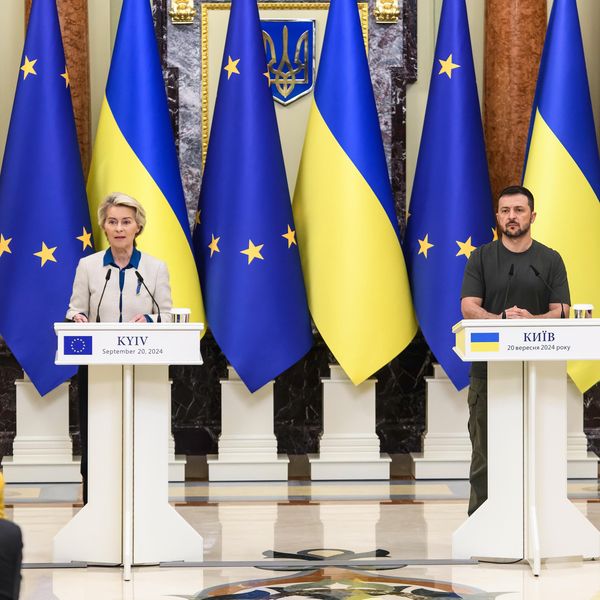In 2008, Glenn Carle, formerly the CIA’s deputy national intelligence officer for transnational threats, warned in the Washington Post about taking fright at jihadists. They were, he contended, “small, lethal, disjointed and miserable opponents,” and the lead group, al-Qaeda, had “only a handful of individuals capable of planning, organizing and leading a terrorist organization, and although they have threatened attacks, its capabilities are far inferior to its desires.”
A reasonable extrapolation from Carle’s contention is that, to defend against an enemy, or monster, that scarcely existed, the United States has waged wars in the Middle East that have cost trillions of dollars and led to the deaths of hundreds of thousands while erecting a massive security apparatus at home.
In her new book, The Bin Laden Papers, Nelly Lahoud, a senior fellow at New America, has gone through the huge collection of information purloined by Navy Seals in their 2011 raid on Osama bin Laden’s hideout, information that was declassified in 2017. The book essentially concludes that Carle had it right. Although “falsely” taken to be “a Leviathan in the jihadi landscape,” she says al-Qaeda has actually been notable mainly for its “operational impotence” while bin Laden, its fabled, if notorious, leader, continued to pursue “alarmingly sophomoric” goals and was “powerless and confined to his compound, over-seeing an ‘afflicted’ al-Qaeda.”
Al-Qaeda central was holed up in Pakistan after its abrupt enforced exit from Afghanistan in 2001, an experience, notes Lahoud, that “crippled” it and from which “it never recovered.” It has consisted of perhaps one or two hundred people who were primarily occupied with dodging harassing drone missile attacks (which probably could have been carried out without invading Afghanistan) and complaining about the lack of funds—it had perhaps less than $200,000 in assets. Members appear as well to have watched a lot of pornography—although Lahoud rather unconvincingly suggests that these might have been files that were deleted, but still retrievable, on the computers al-Qaeda purchased.
Since the attacks of September 11, 2001, the group’s record of accomplishment has been meager. It has served as something of an inspiration to some Muslim extremists around the world who have wanted to glory in the success of 9/11 and to wear the al-Qaeda label. However, as Lahoud documents (and as Carle pointed out in 2008), al-Qaeda has exerted little control over them, and they mostly have maintained a local perspective rather than the global one al-Qaeda prefers. It has also done some training, seems to have contributed a bit to the Taliban’s far larger insurgency in Afghanistan, and may have participated in a few terrorist acts in Pakistan. It has also issued a considerable number of videos filled with empty, self-infatuated, and essentially delusional threats.
Even isolated and under siege, it is difficult to see why al-Qaeda could not have perpetrated attacks at least as costly and shocking as the shooting rampages (organized by others) that took place in Mumbai in 2008. Those did not present major logistical challenges, require the organization of a large number of perpetrators, or need extensive planning.
And although hundreds of millions of foreign visitors have been admitted legally into the United States since 2001 and millions illegally, not a single one of these, it appears, has been an agent smuggled in by al-Qaeda.
Even the 9/11 attacks were more the result of luck than of cleverness. In fact, it is not at all clear that the planners really appreciated why they might be successful. At the time, air crews were instructed to cooperate with hijackers, a policy that made the 9/11 hijackings possible. Nonetheless, apparently completely oblivious to this, the 9/11 planners had also been working on a second-wave hijacking even though passengers and crew could, this time around, be expected to resist violently. Moreover, they continued to entertain the hijacking prospect even after 9/11.
It also appears that bin Laden’s strategic vision for the attacks was profoundly misguided. As Lahoud extensively documents, he believed it would be a “decisive blow” that would result in Washington’s withdrawal from the Middle East. But it had, to say the least, the opposite effect.
A few years later, bin Laden reformulated his theory, claiming his policy actually was one of bleeding America to the point of bankruptcy. However, at the end, he returned to the self-deluded belief that it would take big attacks to force the United States out of the Middle East. Lahoud documents at length bin Laden’s extravagant and deranged plan to launch a fleet of bomb-laden skiffs to sink oil tankers, something al-Qaeda had no capacity to carry out.
Lahoud’s conclusion stands in stark contrast to the repeated warnings we have endured for two decades that al-Qaeda presented a threat that was existential or “transcendental,” was about to violently disrupt elections, would likely nuke us by 2014, had infiltrated thousands of operatives into the country, and was marshaling its resources for a spectacular attack any day now.
Following this line of thinking, it has become fashionable in some circles to extravagantly denote the contest against bin Laden and his scruffy little band as “The Great War of Our Time” or even (depending on how the Cold War is classified) as World War III or World War IV. And there has been a consequent tendency to assume terrorists to be, as a 2009 report from the Department of Homeland Security puts it, clever, crafty, diabolical, resourceful, ingenious, brilliant, and flexible. Lahoud strongly refutes this popular contention.
It’s great to have the detail, but much of what Lahoud concludes was known or was plausibly inferable much earlier. Carle was far from alone: a considerable number of other analysts have made much the same point over the years such as Fawaz Gerges, Russell Seitz, Ian Lustick, James Fallows, Marc Sageman, and chapters in an edited book from Cato. We have put in our oar as well over the years. Indeed, limited information made available shortly after the 2011 bin Laden raid is strongly consistent with her conclusion. Why did that perspective have such little impact?
There was, of course, a great deal of alarmist warbling by the media and by self-interested terrorism experts, administrators, and politicians. But it is probably best to see public opinion as the primary driver of the process while experts, politicians, and media were inclined, as is their wont, to supply their customers’ needs. In the days after 9/11, when the public scarcely needed elite cues, 71 percent said they deemed it likely that “another terrorist attack causing large numbers of American lives to be lost” would happen “in the near future.” The question was last posed nearly twenty years later when nothing remotely like that had happened and when elites had largely moved on to other concerns. At that time, the percentage was still 71.
Suggestive is the experience of President Barack Obama. In 2015, nearly a decade and a half after 9/11, he sought to suggest that terrorism did not, as it happens, pose a threat to the country that was existential in nature, an observation that was “blindingly obvious” as security specialist Bruce Schneier pointed out at the time. Obama seemed ready to go further, but he never summoned the political courage to do so. The concern, as analyst Stephen Sestanovich puts it: “It’s not good politics to display your irritation with the American people.”


